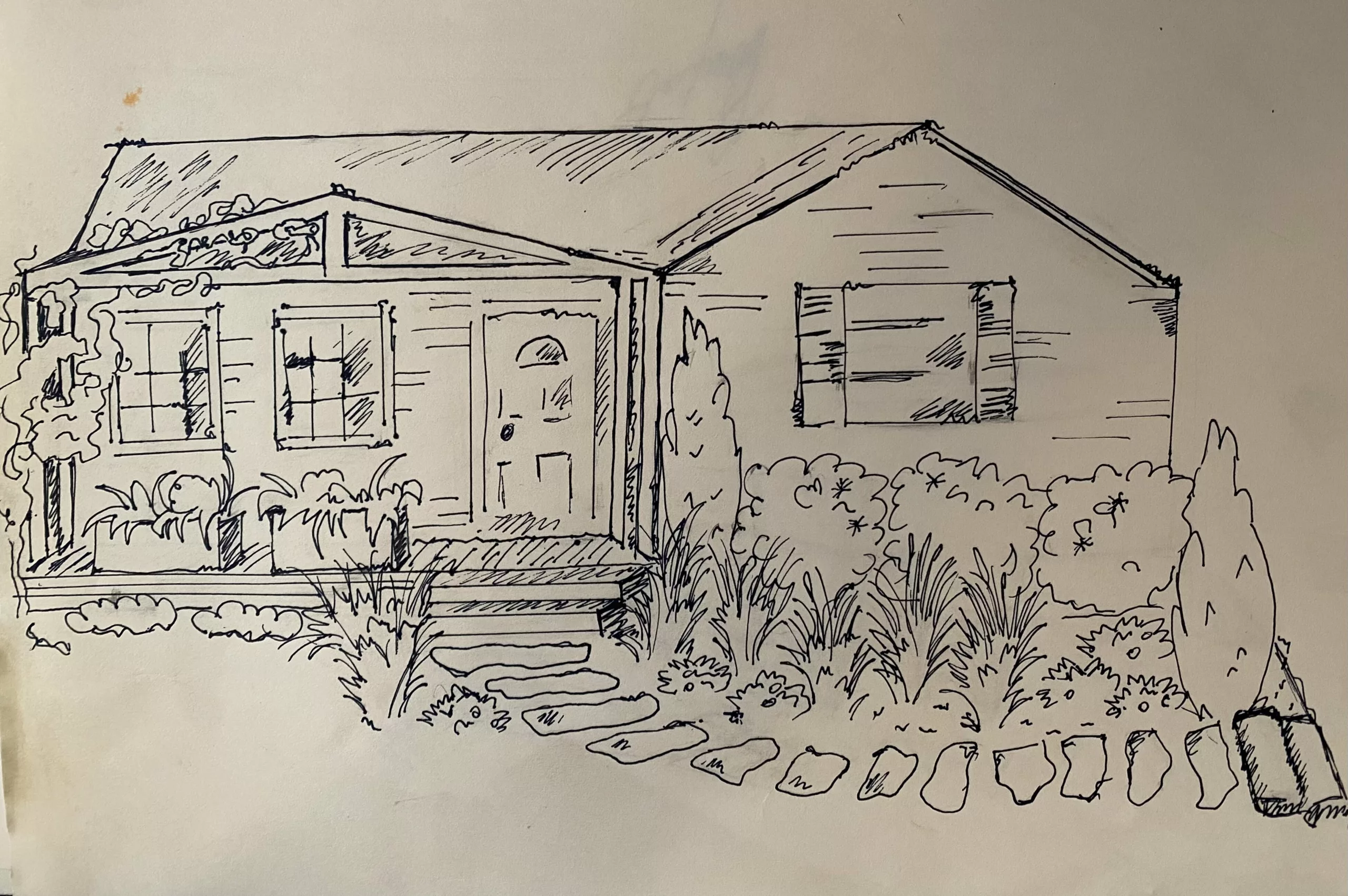Introduction
There are a few key traits of eco-friendly gardening design that will guide you to make the best garden for you and the planet. These traits help us create gardens that work with the systems of mother nature, rather than against her.
Tapping into eco-friendly techniques is a major way to build resilience in the wake of major climate change and food system disruption. Even though our lawns and gardens seem small, they are mighty! And as we sow the seeds of change in our gardens, we will reap meaningful change in our minds! (All puns intended)
1. Closing the Loop
If you get into the nitty-gritty of ecology, you’re bound to run into phrases like “open system” vs “closed system”. Now, I’m not going to dig into advanced ecology, but these ideas are really the key traits of eco-friendly gardening.
An “open system,” or open loop, is one where inputs are NOT recycled into outputs. Likewise outputs are not recycled into inputs. In other words, there is a lot of waste in this system because resources are moving linearly, not cyclical.
In opposition is the closed loop. This is where resources are recycled. Nature works in a closed system, and we should be working to mimic this in our gardens.
A great example of this is compost. When you compost you are creating a closed system in your home and garden. Waste products are recycled into good compost which will feed plants, which will one day return to the compost bin when their life cycle is over, and the cycle continues.
Mimicking nature by closing the loop is a key trait of any eco-friendly garden!
2. Reduce Chemicals
A definitive part of mimicking Nature is reducing the amount of ‘input’ our garden needs. One incredibly expensive and detrimental input are chemical biocides. This includes anything that ends in -cide; herbicide, fungicide, pesticide… you get it.
These chemicals wreak havoc on soil microbes, which in turn harms plants and animals. There’s also a strong and direct link between pesticide use and pollinator populations crashing.
Reducing chemical use is a key part of eco-friendly gardening.
3. Reduce Water Usage
Water is another input conventional gardeners may need to use a lot of. Whereas there’s nothing nefarious about excess water, the way there is with biocides, it can put serious strain on our natural resources.
If we fill our gardens with plants that require more water than is naturally available, we have to draw potable water from our finite supply in order to make up the difference. In areas like American Southwest, or anywhere that experiences extreme heat waves it’s pretty easy to see where this becomes a problem.
Collecting water, and installing plants that are native to your region are some of the best ways to reduce your water usage, and create a more eco-friendly garden.
4. Preserve + Promote Biodiversity
Promoting and preserving biodiversity and hallmarks of the sustainable, earth-friendly garden. Rather than filling your yard with 25 of the same boxwood, try to diversify your yard’s portfolio. Include native hollies for birds to nest in, or perennials who’s seeds will feed those same birds all winter.
Pay attention to what bees and butterflies are native to your area, and do your best to plant responsibly the plants which will support healthy pollinator populations.
Biodiversity is the best way to build resilience to a changing climate and a changing availability of natural resources. And preserving biodiversity can most certainly start in your yard!
5. DIY When Possible
Continuing on the idea of “closing the loop” is to DIY when possible. When we try to use the materials we have available to us, rather than getting on good ol’ Amazon and looking for what’s newest, we reduce our impact on the planet.
Not only is there an environmental cost to producing so much stuff, there’s also a cost in shipping it all over the world. When we make do with what we have locally, we’re being more eco-friendly.
6. Reduce Lawn Space
This may seem a little disjointed but hear me out. Americans dump millions of dollars into grass seed, fertilizer, and herbicides every year. On top of that millions of gallons of water are used to keep those lawns hydrated and healthy.
And what do we get for those millions and millions of resource dollars and gallons? Not much (ecologically speaking). Now, I love a glowing green lawn just as much as the next suburbanite, but we have to ask ourselves, Do we really need this much lawn?
I am an avid fan of badminton, croquet, and other lawn games, so I certainly think you need a lawn. But does your whole yard need to be a lawn? We could debate about that…
Reducing lawn space increases the space potential for us to create habitat, supply food for us and other creatures, and helps prevent soil erosion and water runoff.
Keep your lawn and love it well. But maybe ask yourself, could we afford to lose a little bit here and there?
Conclusion
Reading about all these changes at once may seem overwhelming. But remember that these key traits of eco-friendly gardening can be broken down into smaller steps. Starting small is possible, and any change is meaningful. I hope you have found some inspiration and ideas here to make your yard or garden a bit more eco-friendly.
Hey Barefoot Fans! If you’re interested in learning how to create a sustainable EDIBLE garden, check out our new guide to edible gardening!







